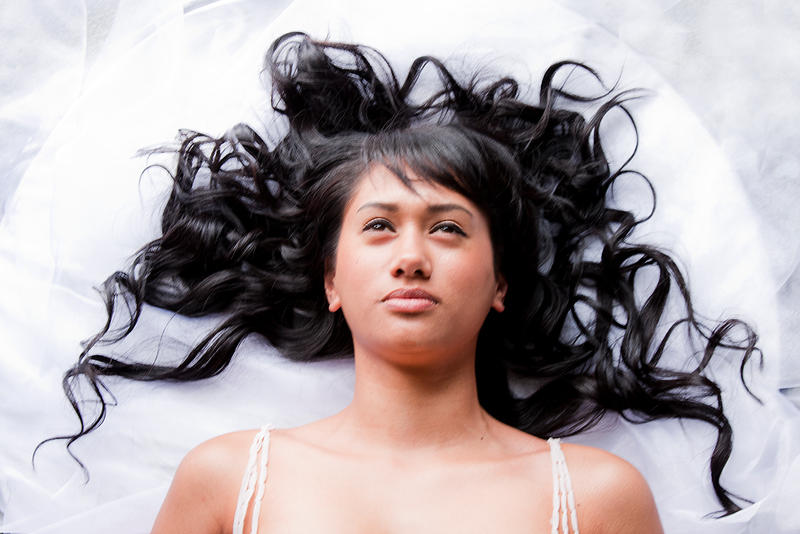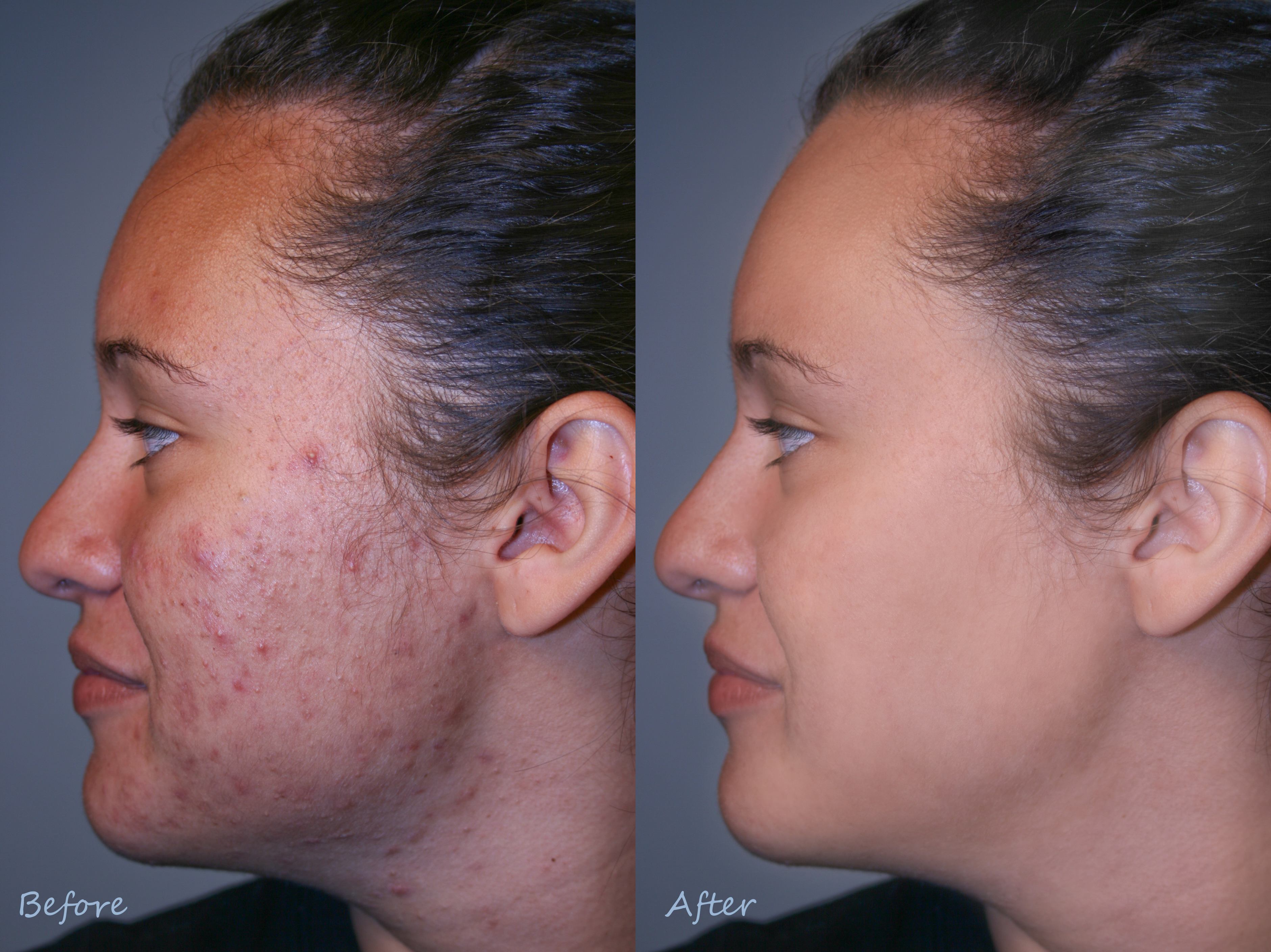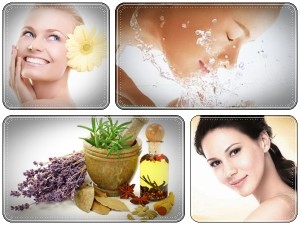There’s a whole lot more to acne than red skin and spots. It can cause oily skin, as well dramatically increased sensitivity as well as skin that is sore or painful to the touch. It affects the face, neck, chest and back, and can result in six different types of spots: blackheads (dirty looking spots that are black or dark in color due to the pigmentation of the hair follicle showing through, whiteheads (whitish spots), papules (small red bumps that may be painful to the touch), pustules (similar to papules but with a white/yellow spot in the center), nodules (hard lumps that can be painful sitting underneath the surface of the skin) and cysts, which look similar to boils and are most likely to cause scarring.
When to Get Help
Treatment – and the help offered – will differ from state to state, but generally, the more severe your acne, the more important it is that you seek treatment quickly. Severe acne is treated with retinoids, antibiotics and azelaic acid, as well the contraceptive pill (in women) and a number of over the counter prescription medications. There are a number of self-care measures that you can take, too, which will help to prevent acne from getting worse, and that can help to eliminate mild to moderate acne entirely. When you notice a worsening of your symptoms – if your skin gets worse or your if it starts becoming painful or extra sensitive to the touch, it’s important to seek medical advice.
Causes of Acne
There’s a bit of a misconception that acne is caused by not cleaning your skin frequently enough. In actual fact, acne is caused by an excess of sebum within the sebaceous glands. These glands are responsible for lubricating the skin and when too much sebum is produced, it mixes with skin cells and dirt on the face, which forms a “plug” on the surface of the skin which can lead to a build-up of bacteria underneath the skin. Because the follicle can open up to the surface of the skin, it leads the way for bacteria – that is normally completely harmless – to find its way underneath the skin wherein it can cause papules, pustules, nodules and cysts.
Testosterone Acne
The sebaceous glands are thought to be fairly sensitive to hormones, which is why acne can appear during puberty, when hormones surge, as well as in pregnancy, when the levels of estrogen and testosterone in a woman’s body fluctuate massively. In cases of acne caused by hormonal fluctuations, hormonal treatments can often be used – for example, that is why the contraceptive pill is often used to treat acne in women.
Self-Care Treatments
- One of the most important self-care tips for acne is to never, under any circumstances, touch your face and then touch another part of your face. It just spreads bacteria around. Although it might be really tempting to pick at your spots, just to get rid of them, but also simply because it can be a bit of a comfort. If you do touch your face, wash your hands before you touch it again.
- Wash the affected area of skin only twice a day. Any more than that, and you’ll be stripping the skin of its natural oils, which in turn will lead to even more over-production of sebum – irritating the skin and making the problem even worse.
- Don’t pop, squeeze or scrape out the yellow, white or dirty stuff from inside the spots. Although it makes the spot appear less noticeable, it actually contributes to spreading bacteria around the face. If you dig or scrape too hard, it can also lead to scarring, which is the last thing you want.
- Using makeup and foundation can help to cover up the spots, but they will clog up your pores and the sebaceous glands on the surface of the skin, which means that it’ll lead to even more spots. If you do want to use makeup, make sure that it’s a mineral formation, or a water-based formation – anything made with oil will simply sit in your pores.
- Wash your hair often and take regular showers. That won’t really have any effect on your acne, but it’ll stop it from getting any worse – plus, regular exercise will boost your self esteem and release endorphins, which will make you feel better about yourself and more motivated.
- When using topical treatments, make sure that you always follow the instructions on the packet to the letter. Benzoyl peroxide, for example, is a topical treatment that helps to remove bacteria from the outer layer of the skin, whilst also preventing the build up of dead skin cells, which should help to prevent the skin “plugs” from forming.
- Topical retinoids work in a similar way, but instead of killing bacteria, it works to reduce the amount of sebum that the sebaceous glands produce, which helps to prevent acne by treating the root cause.
- Always read the side effects on any over the counter gels, creams or lotions. Some of them are very strong, and although they can reduce acne symptoms, they can cause side effects – including dry, tense skin, lightened skin, irritation and itching. If side effects become severe, speak to your doctor.
- If taking antibiotics to treat your acne, check with your doctor to see if there are any interactions between the antibiotic and the contraceptive pill (if taking it for contraceptive reasons), as some antibiotics render the pill ineffective.
- Try to avoid potential triggers. Some people find that eating too much refined sugar and too many refined carbs can increase their symptoms, while others struggle with acne when stressed or overwhelmed. Keep a diary, identify the triggers and try to avoid them where possible to reduce your symptoms.
- One non-medicinal treatment that seems promising is photodynamic therapy, whereby lasers are used to damage skin cells, enabling them to regrow, replenish and heal.







